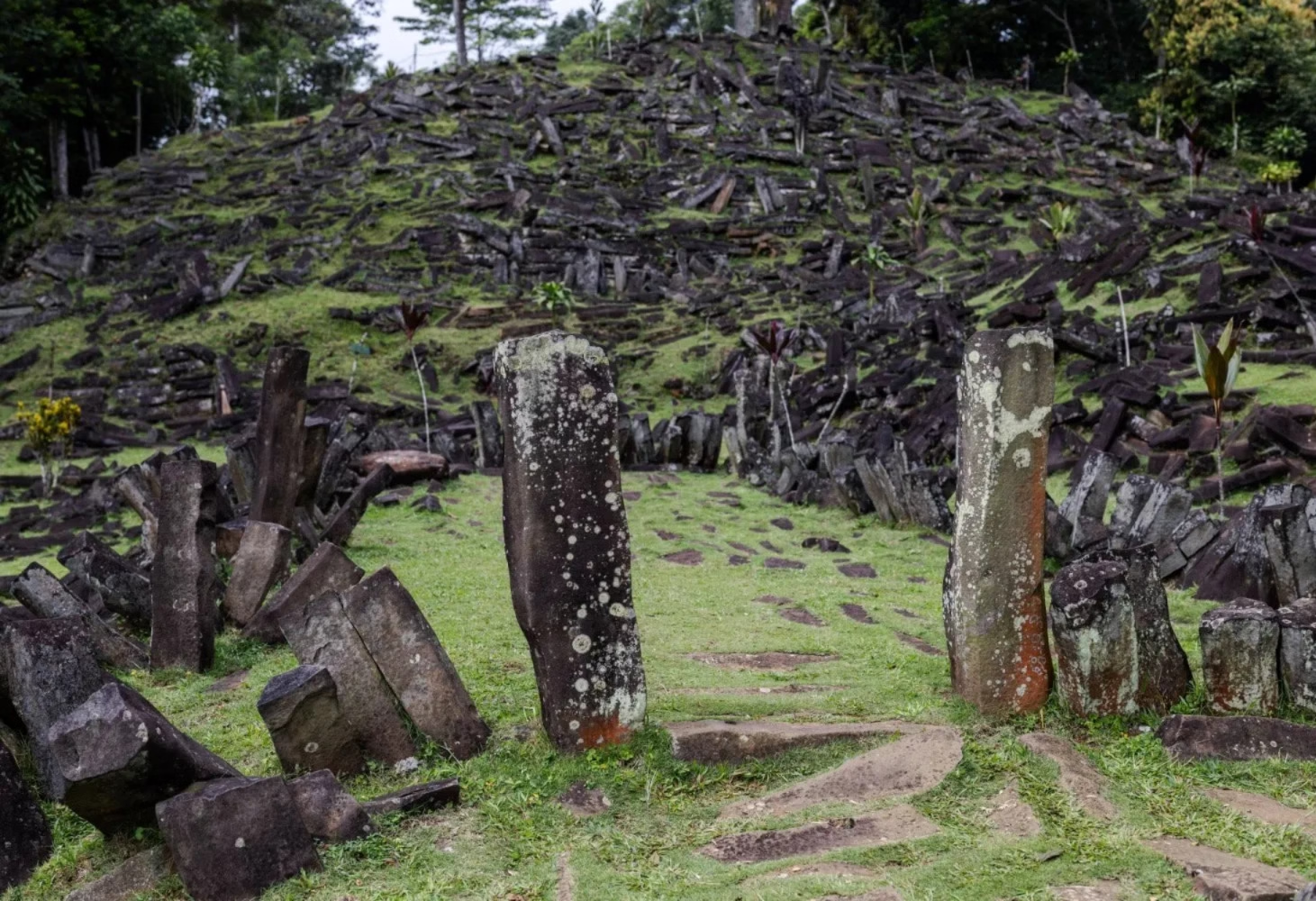Indonesian researchers claim this to be true about the architectural marvel in Gunung Padang, but archaeologists disagree.
Fez – A new scientific study out of Indonesia has stirred both curiosity and controversy. Researchers say the pyramid-like structure of Gunung Padang might be far older than Egypt’s pyramids, possibly dating back to 25,000 BCE.
If confirmed, this would rewrite the timeline of human civilization as we know it. But not everyone’s convinced.
The study, led by geologist Danny Hilman Natawidjaja from the Indonesian Institute of Sciences, was published in the journal “Archaeological Prospection”.
According to the research team, the core of Gunung Padang isn’t just a natural hill, it’s made up of carefully carved andesite stones layered in complex formations.
They argue that the oldest part of the structure was originally a volcanic mound that was later shaped and built upon by human hands.
Here’s where it gets bold: the dating suggests that one of its lower layers is over 27,000 years old, nearly twice as old as what we’ve long accepted as the beginning of advanced human construction, which traditionally starts with the agricultural era around 11,000 years ago.
To support this idea, the researchers point to other mysterious prehistoric sites like Göbekli Tepe in Turkiye, which also show signs of complex human activity before farming began.
It all feeds into a growing global conversation: Did early humans master architecture and monument building long before we gave them credit?
But many archaeologists are pushing back hard.
According to Charq Al Awsat Flint Dibble, an archaeologist from Cardiff University, the evidence just doesn’t hold up. “When rocks tumble down a hill, they tend to align naturally,” he explained in “Nature”. “There’s no clear sign of tools or carving marks to prove that people actually shaped this site.”
Others agree. Bill Farley from Southern Connecticut State University pointed out that the soil samples from Gunung Padang, some dating back over 27,000 years, don’t contain any tell-tale signs of human activity, such as charcoal from fires or broken bones.
In response, Natawidjaja has kept the door open. He invited researchers from all over the world to visit the site, conduct their own studies, and examine the evidence firsthand.
He insists he’s ready for full transparency and scientific collaboration.
Meanwhile, the editorial board of “Archaeological Prospection” has announced it is reviewing the paper to assess its scientific validity and the accuracy of its claims.
For now, Gunung Padang remains a mystery. Is it an overlooked wonder from a forgotten civilization, or just a hill with an imaginative backstory? The debate is far from over.
Read also: Why No Human Remains Were Ever Found on the Titanic
















